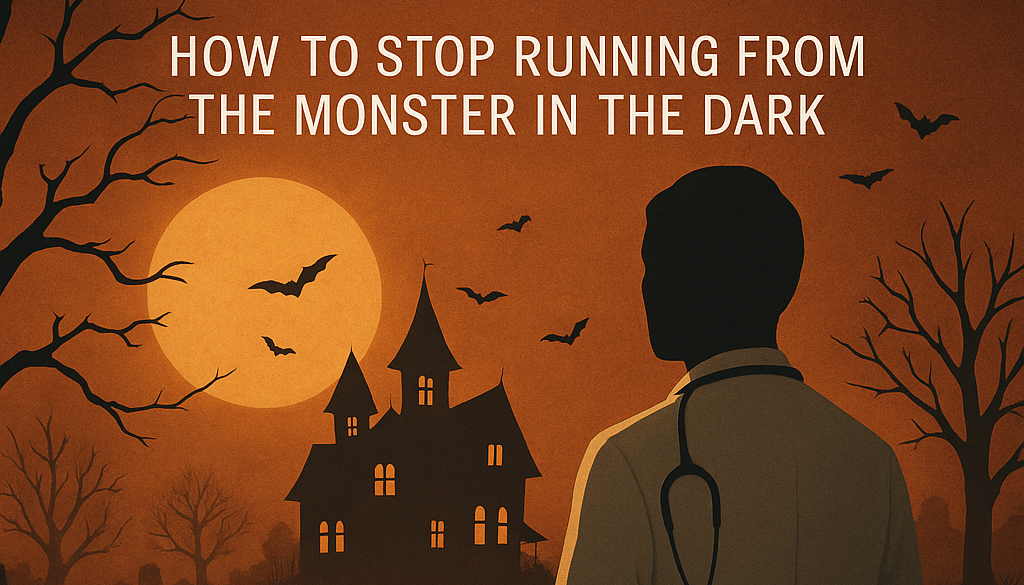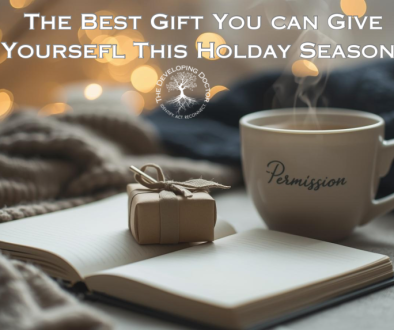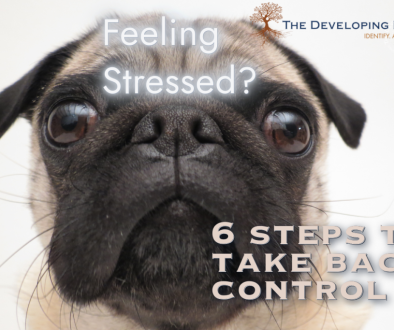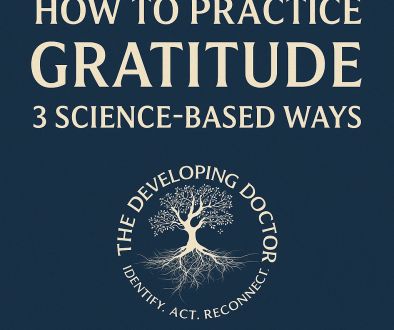Fear in Medicine: How to Stop Running from the Monster in the Dark
Because sometimes the scariest thing isn’t what’s chasing you — it’s what you’re avoiding.
It Starts Early
Plug in a nightlight. Hide under the blanket. Cover your eyes during the scary part of the movie.
As children, we’re taught that the answer to fear is avoidance. Run. Hide. Don’t look. Admit fear, and you risk being labeled a chicken, a scaredy cat, or weak.
But there’s an odd truth hidden in those childhood lessons: some things are worth fearing. The growling dog chasing your bike has teeth. The dark alley may hold danger. Fear, in its purest form, is information. It is a message from your nervous system that something matters.
The problem is that we never quite unlearn the “run” part. We grow up, put on white coats, and carry that same instinct into adulthood and into medicine. When fear shows up , fear of failure, of judgment, of change , we treat it like the monster under the bed: best ignored, best silenced, best left alone.
But ignoring fear doesn’t make it disappear. It just burrows deeper, whispering from the shadows.
Fear’s Ancient Alarm System
Fear is the oldest alarm system in the human brain. It is our amygdala’s way of shouting, “Do something!” For our ancestors, that meant survive the saber-toothed tiger. Today, it means survive the inbox, the pager, the performance review.
Your brain doesn’t know the difference between a growling dog and a soul-crushing job. Same alarm system. Same adrenaline. One danger you can’t escape, the other you can change.
That’s where modern fear gets messy. The system that once kept us alive now keeps us stuck. It sounds the same alarm for both physical danger and psychological growth. The presentation that makes your heart race, the career shift that makes you sweat, the hard conversation you’re avoiding — your body reads all of it as threat.
But sometimes that signal isn’t saying “Run.” It’s saying “Pay attention.”
The Monsters We Create
Halloween is built on stories of fear. Ghosts, witches, and things that go bump in the night. But the most powerful monsters are often the ones we create ourselves:
- The ghost of what-ifs that haunts our decisions.
- The vampire of perfectionism that drains our joy.
- The shapeshifting imposter whispering that we’re not enough.
In medicine, these monsters live everywhere: in charting backlogs, in performance metrics, in expectations that no human can meet. We battle them silently, wearing competence like armor while chaos brews underneath. On the outside, it looks like control. On the inside, it feels like panic.
Fear thrives in silence. It feeds on avoidance. The less we name it, the stronger it becomes.
The Cost of Always Running
When we organize our lives around avoiding fear, we pay a quiet but heavy price. We sacrifice growth for comfort, trade possibility for certainty, and choose approval over authenticity.
We build smaller and smaller lives that are carefully constructed, tightly controlled, perfectly numbed only to realize we’ve become trapped inside our own haunted house.
And here’s the twist: the more we try to eliminate fear, the more sensitive we become to it. Our comfort zone shrinks until even small challenges feel like monsters.
Reframing Fear: From Enemy to Ally
Fear isn’t a villain to defeat; it’s a messenger to understand. When it shows up, it’s often pointing toward what matters most.
Instead of asking, “How do I stop being afraid?” try asking, “What is this fear trying to tell me?”
That presentation that terrifies you? It matters because you care about impact. That conversation you’re avoiding? It matters because connection is at stake. That job change you keep deferring? It matters because purpose is calling.
Fear highlights meaning. It’s the body’s way of underlining the sentence: “This is important.”
Tools to Befriend Fear
Like any good ghost story, the power comes not from running, but from turning on the light.
- Name It to Tame It. Say it out loud: “I’m afraid of this conversation.” Labeling the emotion calms the brain and puts you back in control.
- Question the Story. What’s the worst that could happen? What’s the best that could happen? What’s most likely to happen? Fear’s stories often collapse under honest examination.
- Reframe Discomfort as Growth. That tightness in your chest? It’s your nervous system practicing expansion. Fear and excitement share the same physiology — the difference is interpretation.
- Take Small Steps Toward the Shadow. Courage isn’t a leap. It’s a shuffle. Each small action proves to your body that you can move toward fear and survive.
- Build Your Coven. Even the bravest witch needs allies. Surround yourself with people who remind you of your courage when you forget it.
From Haunted to Human
When we stop running from fear, it stops chasing us. It becomes a guide, not a ghost. It leads us toward the work that matters, the conversations that heal, the life that feels like our own.
Fear doesn’t vanish, it evolves. It becomes a pulse, a reminder that we’re alive, that we’re standing on the edge of something meaningful.
This Halloween, a Challenge
Take a moment tonight, maybe between trick-or-treaters or between notes, to ask yourself:
What fear has been quietly following me down the hallway?
Write it down. Then ask what it’s trying to tell you. Because sometimes the monster in the dark isn’t here to hurt you. Sometimes, it’s here to show you the way out.
Final Thought
Fear is not the enemy of mastery or wellness. It’s the map. The question isn’t whether you’ll feel afraid — you will.
The question is: will you let fear write your story, or will you walk through the dark and write your own ending?.





